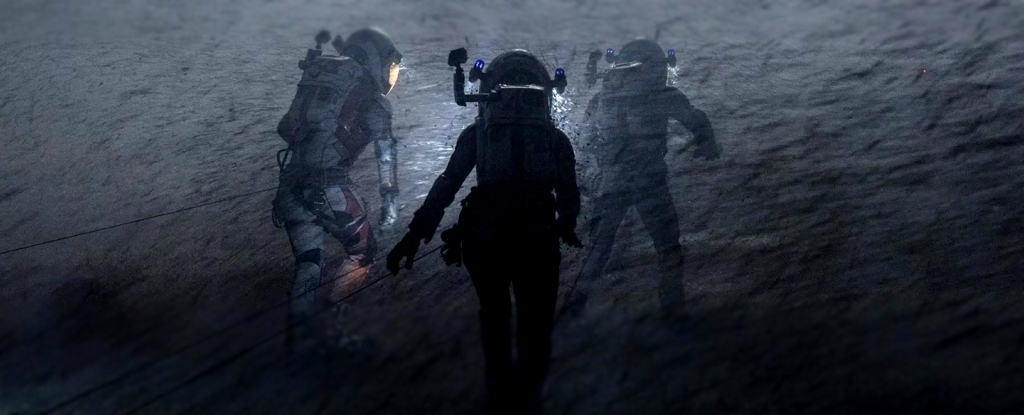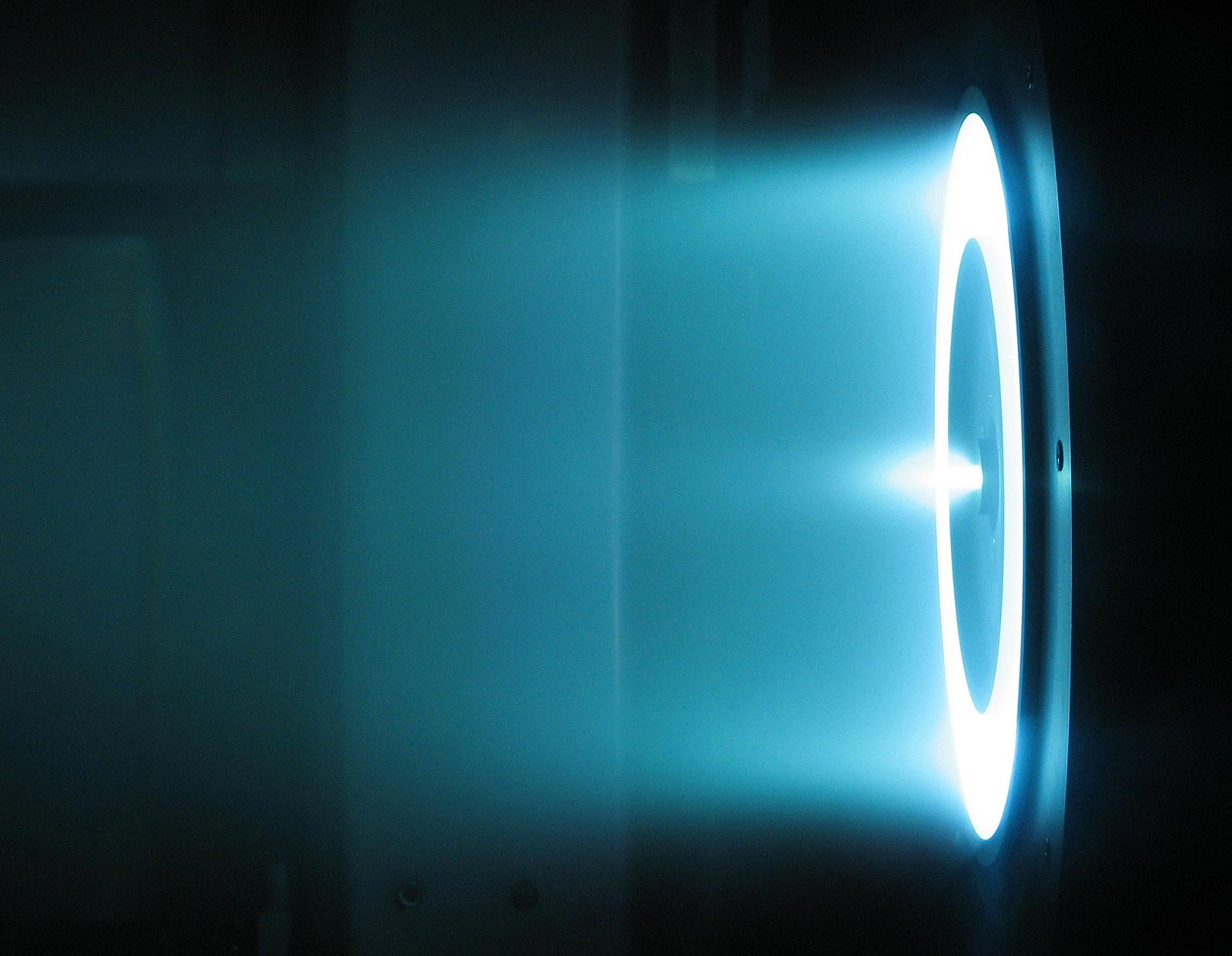Desert planets like those in 'Dune' and 'Star Wars' unlikely to host life, NASA says
"Even if a planet is in the habitable zone, if it has too small a water inventory, it transitions to an uninhabitable state."
Space.com (www.space.com)
• Published 17 days ago
Your Memories May Not Die with You—Scientists Are Figuring Out How to Retrieve Them - The Daily Galaxy --Great Discoveries Channel
What if memories didn’t die with us? Scientists are exploring the tantalizing idea of extracting memories from the brains of deceased individuals—a concept that blurs the line between science and fiction. But how close are we to making this a reality? And wha…
The Daily Galaxy --Great Discoveries Channel (dailygalaxy.com)
• Published 17 days ago
Giant Dust Storms on Mars Engulf The Planet For Months. Here's Why.
Mars is well-known for its dust storms, which occur every Martian year during summer in the southern hemisphere.
ScienceAlert (www.sciencealert.com)
• Published 18 days ago
Shining Through: Germanium And Gold Leaf Transparency
Germanium. It might sound like just another periodic table entry (number 32, to be exact), but in the world of infrared light, it’s anything but ordinary. A recent video by [The Action Lab] dives i…
Hackaday (hackaday.com)
• Published 18 days ago
Einstein and Adam Grant Agree: The ‘Puzzle Principle’ Will Make You Instantly Smarter
Modern psychology studies keep confirming that Einstein’s approach to problem solving can make anyone smarter.
Inc. (www.inc.com)
• Published 14 days ago
What temperature is the moon?
An astronomer describes how the moon's surface temperature changes.
Live Science (www.livescience.com)
• Published 14 days ago
Did NASA Reject Young Hillary Clinton's Dream of Being an Astronaut?
Snopes.com (www.snopes.com)
• Published 18 days ago
Scientists Show Baby Mammoth Preserved for 50,000 Years in Siberia
Researchers in Russia's Siberia area are showing the public what they say are the 50,000-year-old remains of a baby mammoth.
VOA News (learningenglish.voanews.com)
• Published 18 days ago
Hackaday Links: January 5, 2025
Good news this week from the Sun’s far side as the Parker Solar Probe checked in after its speedrun through our star’s corona. Parker became the fastest human-made object ever — a…
Hackaday (hackaday.com)
• Published 18 days ago
SpaceX launches cause late-night booms that rattle windows, set off car alarms, and may damage property. Some locals are pushing back.
Rattling booms from SpaceX rockets are becoming increasingly disruptive for residents in the coastal communities near Vandenberg Space Force Base.
Business Insider (www.businessinsider.com)
• Published 18 days ago
How Electric Thrusters Are Revolutionizing Space Exploration
A research team at the University of Virginia is revolutionizing the future of space travel with groundbreaking studies on electric propulsion thrusters. By delving into the behavior of electrons in plasma beams, their work promises to enhance spacecraft effi…
SciTechDaily (scitechdaily.com)
• Published 18 days ago
Rarely-Seen Fisher Spotted on Trail Camera Again
'People just never see this.'
PetaPixel (petapixel.com)
• Published 18 days ago
Unborn Babies Use Genes From Dad to “Remote-Control” Mothers for Extra Food
Scientists at Cambridge have unveiled a fascinating mechanism where fetuses use a paternal gene to control the mother's nutrient release during pregnancy. This "remote control" system involves hormonal signals from the placenta, which ensure the fetus grows o…
SciTechDaily (scitechdaily.com)
• Published 18 days ago
Carbon atoms in your body took a 400,000 light-year journey through space
Carbon, essential for life, journeys through space in a galactic recycling process, fueling star and planet formation.
Earth.com (www.earth.com)
• Published 18 days ago
Earth’s magnetic field has a dent, and NASA is watching closely
NASA monitors the South Atlantic Anomaly, a growing magnetic field disturbance affecting satellites and spacecraft.
Earth.com (www.earth.com)
• Published 18 days ago
How far back in time can we see in space?
We see objects whose light only arrives just now. But we see them as they were in the past: when that now-arriving light was first emitted.
Big Think (bigthink.com)
• Published 18 days ago
The Moon’s Middle Age Surprise: Evidence of a Long-Lost Magnetic Field
For decades, scientists believed the Moon was a lifeless rock devoid of a magnetic field. However, groundbreaking data from China’s Chang’e 5 mission has
Indiandefencereview.com (indiandefencereview.com)
• Published 18 days ago
MRO observes dormant InSight lander; collects data on Martian dust movements
NASA’s Mars Reconnaissance Orbiter (MRO) recently imaged NASA’s Interior Exploration using Seismic Investigations, Geodesy, and…
NASASpaceflight.com (www.nasaspaceflight.com)
• Published 18 days ago
The Sky Promises Many Big Events in 2025
The world will have to wait until 2026 for the next total solar eclipse. However, the sky promises plenty of other big events in 2025. These include lunar eclipses, meteor showers, supermoons, and more.
VOA News (learningenglish.voanews.com)
• Published 18 days ago
Astronomers Pinpoint Origins of Mysterious Signal That Traveled 200 Million Years To Reach Us
The fleeting cosmic firework likely originated within the turbulent magnetosphere surrounding a distant neutron star. Fast radio bursts are brief and brilliant explosions of radio waves emitted by extremely compact objects such as neutron stars and possibly b…
SciTechDaily (scitechdaily.com)
• Published 18 days ago

















